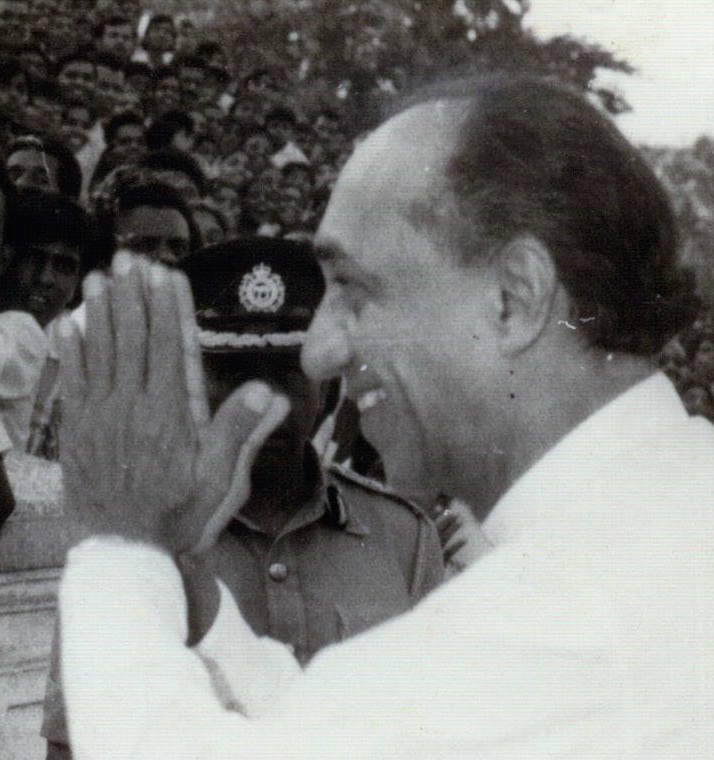A Brief Colonial History Of Ceylon(SriLanka)
Sri Lanka: One Island Two Nations
A Brief Colonial History Of Ceylon(SriLanka)
Sri Lanka: One Island Two Nations
(Full Story)
Search This Blog
Back to 500BC.
==========================
Thiranjala Weerasinghe sj.- One Island Two Nations
?????????????????????????????????????????????????Saturday, July 30, 2016
The Culture Of Impunity

By Rajan Hoole –July 30, 2016
The Privy Council judgement in Kodeswaran’s case no
doubt offended that influential section of the Sri Lankan (Ceylonese)
intelligentsia who firmly believed that their independence and national
sovereignty consisted in their freedom to enact laws that are bad,
inconsistent and repressive. This was reflected in the early acts of the
United Front (SLFP, LSSP and CP) government elected in 1970. Appeals to
the Privy Council were stopped by the Minister for Justice, Mr. Felix
Dias Bandaranaike (FDB). It was under his instructions that the treasury
circular of December 1961 to stop the increments of those who did not
pass Sinhalese had been drafted.
A new Republican Constitution was enacted on 22nd May 1972 that had
removed Section 29 and where Parliament was supreme, so that the courts
could no longer reverse bad laws. One could see in these developments an
obdurate, rather than a rational, response to the judgement inKodeswaran’s case.
 The
Republic of Sri Lanka at its very foundation in 1972 was marred by
obscurantism, irrationality and intolerance. Instead of solving the
manageable problems of the Tamil-speaking minority which existed under
the Dominion (Soulbury) Constitution, the 1972 Republican Constitution
exacerbated them by removing all tangible checks on the majority group
in parliament.
The
Republic of Sri Lanka at its very foundation in 1972 was marred by
obscurantism, irrationality and intolerance. Instead of solving the
manageable problems of the Tamil-speaking minority which existed under
the Dominion (Soulbury) Constitution, the 1972 Republican Constitution
exacerbated them by removing all tangible checks on the majority group
in parliament.
The transition from the already questionable quality of reasoning in Chief Justice H.N.G. Fernando’s judgement in Kodeswaran’s case to
retired Chief Justice M.C. Sansoni’s reasoning in his Commission Report
is a comment on institutional decay in the nation from 1967 to 1980. If
the objectivity of Fernando was limited by the Sinhala Only Act,
that of Sansoni was limited by the causes of violence advanced in Prime
Minister Jayewardene’s deplorable speech in Parliament on 18th August
1977.


